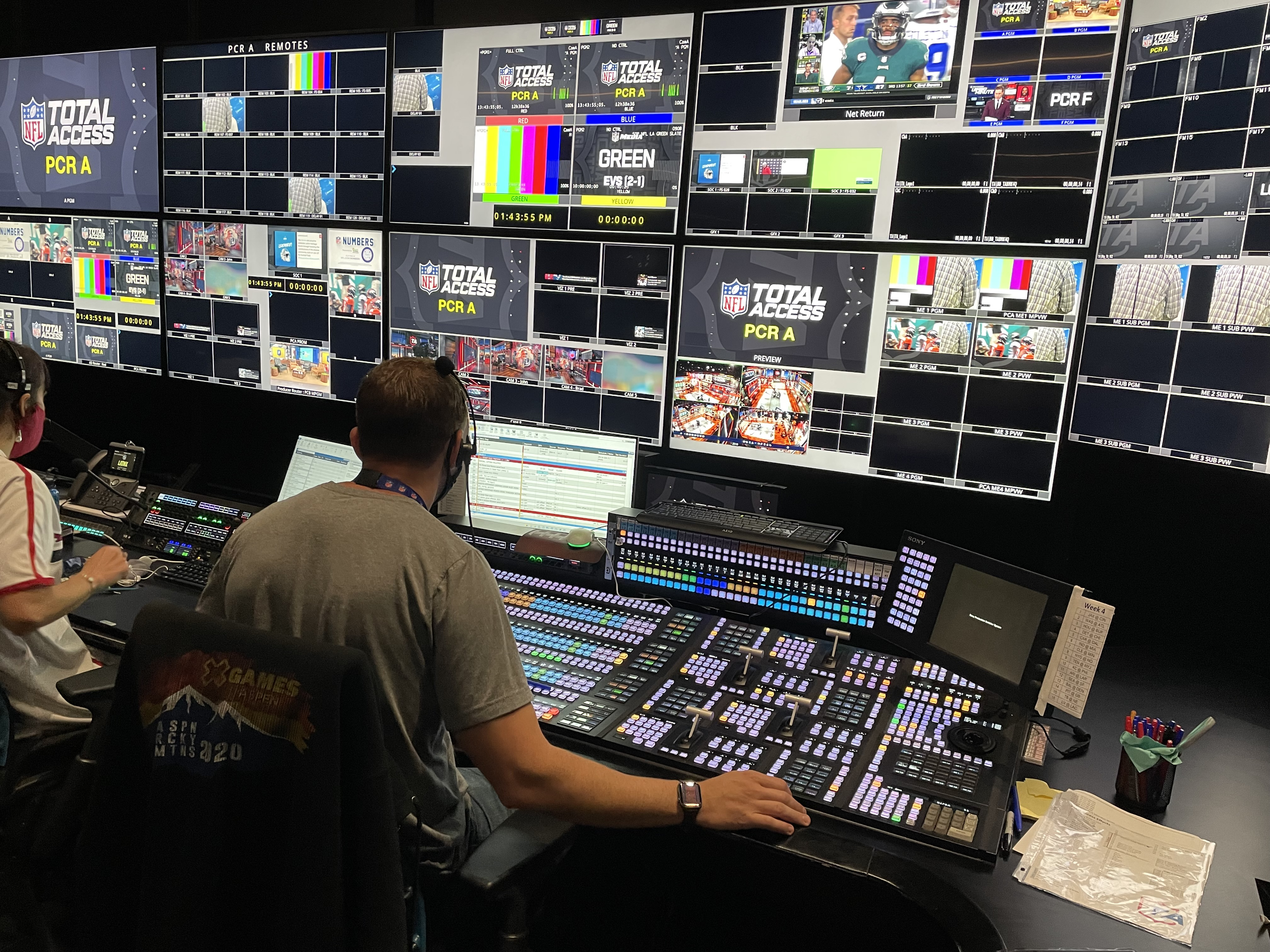Tackling the Creative Challenges of HDR
The challenge comes in live production — particularly live sports

An increasing number of European broadcasters are investing in HDR production and distribution. They recognize that, to audiences, it makes an obvious difference — HDR is a means of attracting and retaining viewers.
Data shows that consumers see HDR as having a big impact: bigger, perhaps, than 4K. It may be that we will see the practical choice of 1080p/HDR as a dominant format — it is much more cost-effective than the jump all the way to 4K HDR, for basically the same audience impact.
HDR is already commonly used in cinema/drama production, where the concepts of color management are well-established, and the standard edit software platforms are HDR-compatible.
The challenge comes in live production — particularly live sports. This is the genre that always drives innovation in broadcasting, because of the stakes involved (expensive rights and giant audiences) and the existing technical challenges (e.g., camera shading for sunlight and shadows in the same scene).
Television production isn’t just about relaying the exact scene to the viewer. Producers and networks may also apply their own specific “looks” — driving their unique brand value, while also showcasing the added dynamic range and color gamut. Frequently, they will apply custom LUTs tuned to create the look they want.
The main cameras are routinely “shaded” by trained professionals to provide the matching and to supervise the output quality. But a large sport shoot will involve many other cameras, i.e., POVs, stump cameras in cricket, goalmouth cameras in football. In HDR, the inter-mixing of these SDR (Standard Dynamic Range) sources into the HDR production is disruptive if not managed — these signals must be processed to match the look of the main signals as closely as possible.
On an outside broadcast, where desk space is limited, any additional color shading must fit into the existing workspace and operator footprint. Imagine has worked on innovative solutions to address this issue — collaborating with Cyanview to enable their control surface for color manipulation, as well as with many other operational control systems to support our SNP UHD/HDR processing engine.
The professional video industry's #1 source for news, trends and product and tech information. Sign up below.
Creating a consistent production from a large footprint of sources and delivering the artistic vision of the director in HDR are the primary objectives. But it is also critically important to translate that HDR look back into SDR — the way the vast majority of today’s viewers will see it. Responsibility for these translations is complex; the camera shaders and technical directors must consider how their fantastic HDR scenes will look in SDR, and the eventual translation downstream at the network hub must be done the same way it was “checked” on the truck.
Video processors and converters are found at many steps along the production pipeline, and as these productions shift into HDR, all these processors must be HDR-capable to preserve the signal fidelity — sometimes including custom LUTs and production-specific adjustments. All while fitting into the rack space, power, and other operational requirements of what is already in place.
At Imagine, we have been working on HDR with broadcasters and production companies for years, delivering UHD/HDR capabilities to operations as diverse as QVC Japan and the NFL Network in the USA. That has meant many conversations about HDR and color space conversion, even as the production industry has been trying to standardize on how these HDR workflows should work. Flexibility is key, as there are many aspects of HDR production that are not yet settled or agreed among the production professionals, so our HDR processors must be able to adapt to the needs and wants of each user.
Major broadcasters are continuing to study how HDR affects viewership, with a focus on the practicalities of delivering productions at the right cost. The next wave of broadcasters coming into HDR all benefit from this accumulated knowledge and experience.
With the right technical infrastructure enabling consistent HDR delivery even within established SDR workflows, the scene is set for increased deployment of HDR into more live event productions.

John Mailhot has worked in the field of digital high-definition (HD) television systems since its North American inception in 1990. He began as part of the AT&T-Zenith team, responsible for system architecture and integration of the digital spectrum compatible high-definition television (DSC-HDTV) system prototype, and then served as technical lead for the Grand Alliance encoder at Lucent Technologies. He subsequently held engineering manager and general manager roles at Lucent Digital Video, Aastra Digital Video, and the Harris Broadcast Video Networking Group. Today, John Mailhot is Senior Vice President, Product Management at Imagine Communications. He has dual bachelor’s degrees in computer science and electrical engineering from the Massachusetts Institute of Technology (MIT) and has been recognized as a SMPTE Fellow.
